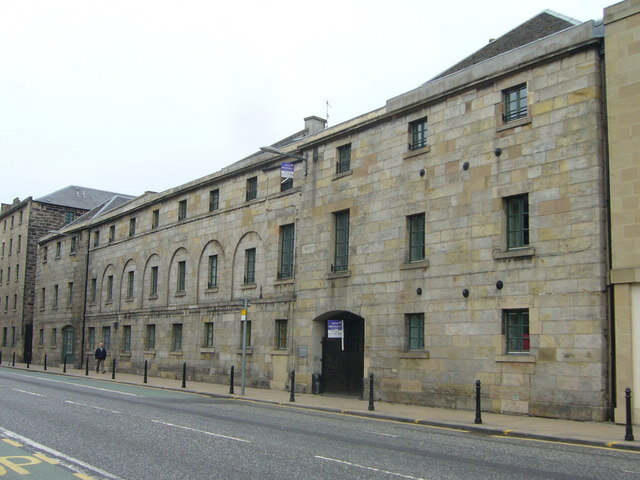Day 91
Whisky in Leith
Whisky Expert and founder of Kask Whisky, Justine Hazlehurst, takes us on a tour of Leith’s whisky distilling past in today’s post.
To say that the port of Leith has played a major role in Scotland’s whisky heritage would be an understatement. At one point, approximately one hundred bonded warehouses were located in this once thriving whisky district and it was here that many of the blenders and bottlers started.
If we travel back in time across many centuries, Leith – as a port – became an important centre for storing wine and brandy. And as, over the course of many years, Scotland and France shared a mutual hostility to England, the countries became natural allies and trading partners. Therefore, the boats would leave Leith en route to various ports on the west coast of France; the main one being Bordeaux. The ships themselves carried cargo such as cured fish and animal hides and then on the return leg, rather than travel back empty, they would bring back items such as dried fruit and, of course, wine.
This took place over the course of many years but by the mid 1800s, things were starting to change.
Firstly, the Irishman, Aeneas Coffey, had already improved on the design of the column still which made the process of continuous distillation - and therefore the production of single grain whisky - far more efficient.
However, in 1860, the Spirits Act was passed allowing whiskies from different distilleries to be blended under bond. Removing the financial obstacle of having cash tied up in stock worked well for Scotch whisky producers. For those consumers who were used to drinking brandy or red wine, the sometimes strong, pungent Highland single malts proved to be too difficult for them to drink. This new blended whisky was far more palatable and the popularity of Scotch whisky started to increase.
Secondly in the early 1860s a crisis occurred which would devastate the wine and brandy industries. The cause of this was a small aphid called phylloxera carried across the Atlantic. Vines from North America had been taken across to Europe on a number of occasions previously and this had initially caused no issues. However, it has been argued that with the advent of steam ships, the transatlantic crossing became a lot quicker and therefore phylloxera was able to survive the journey. The vines which were native to North America were immune to some extent to phylloxera’s poison but the European vines were not. As a result, vineyards across France and Europe were devastated. Without the vines there were no grapes and hence no wine or brandy. So, the stocks that existed became depleted and rarer and, therefore, more expensive. Having stood on the side lines for many years, Scotch whisky producers were now in a position to grab the attention of these wine and brandy drinkers.
As a result of blended whisky proving to be more than just an adequate alternative, and the lack of wine and brandy, the warehouses here in Leith were soon filled instead with casks and casks and yet more casks of maturing Scotch whisky.
This paved the way for those blenders and bottlers in Leith whose names became synonymous with many well-known whisky brands.
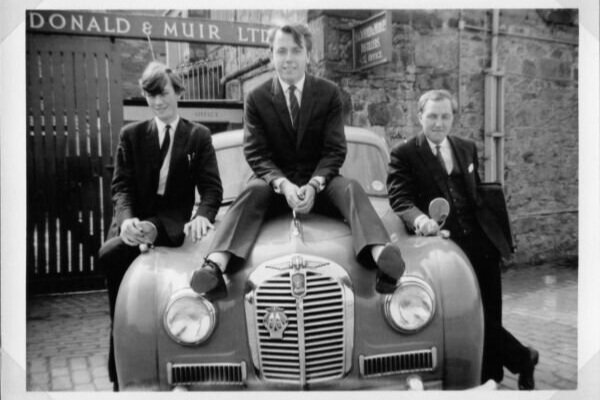
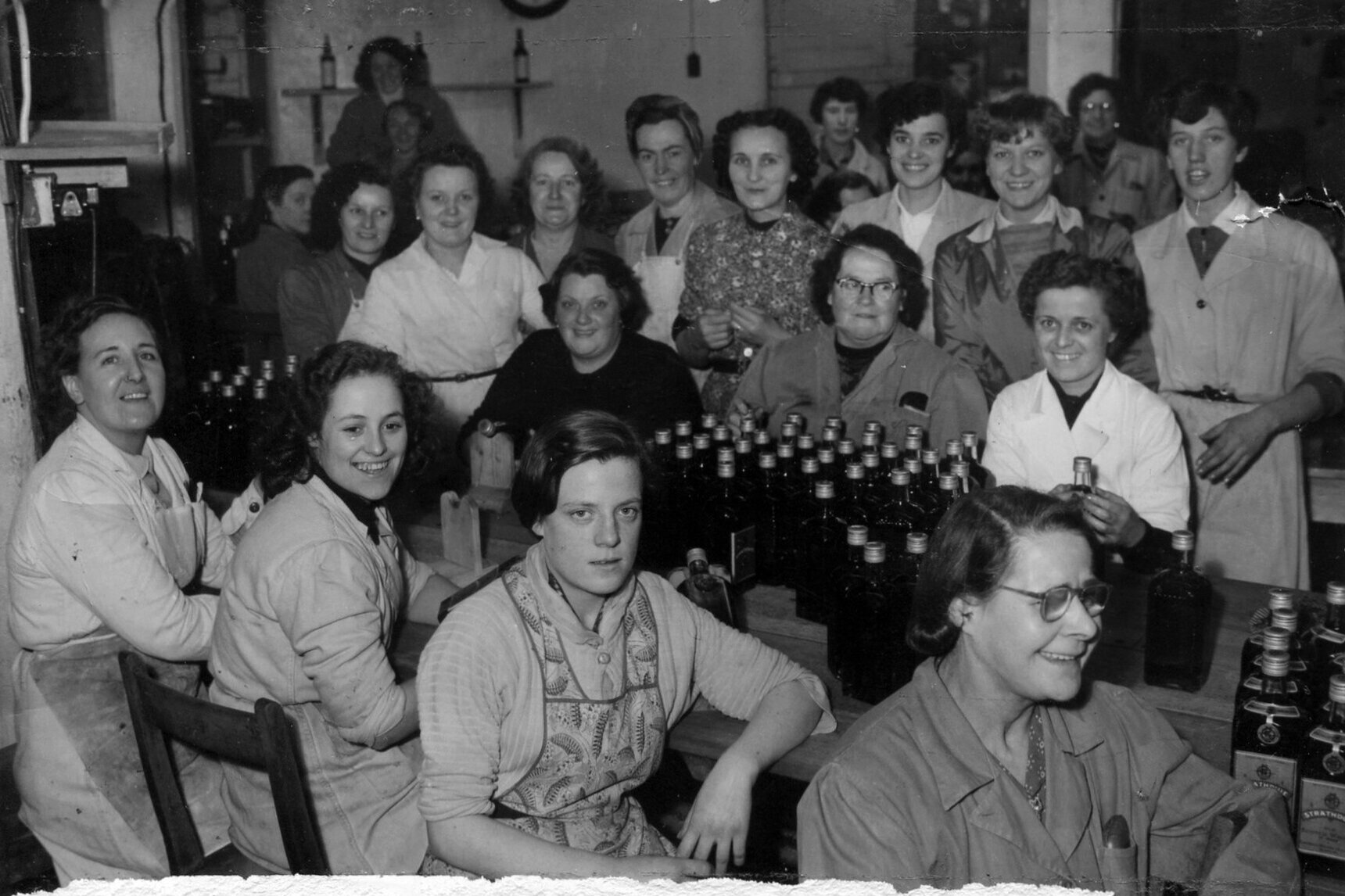
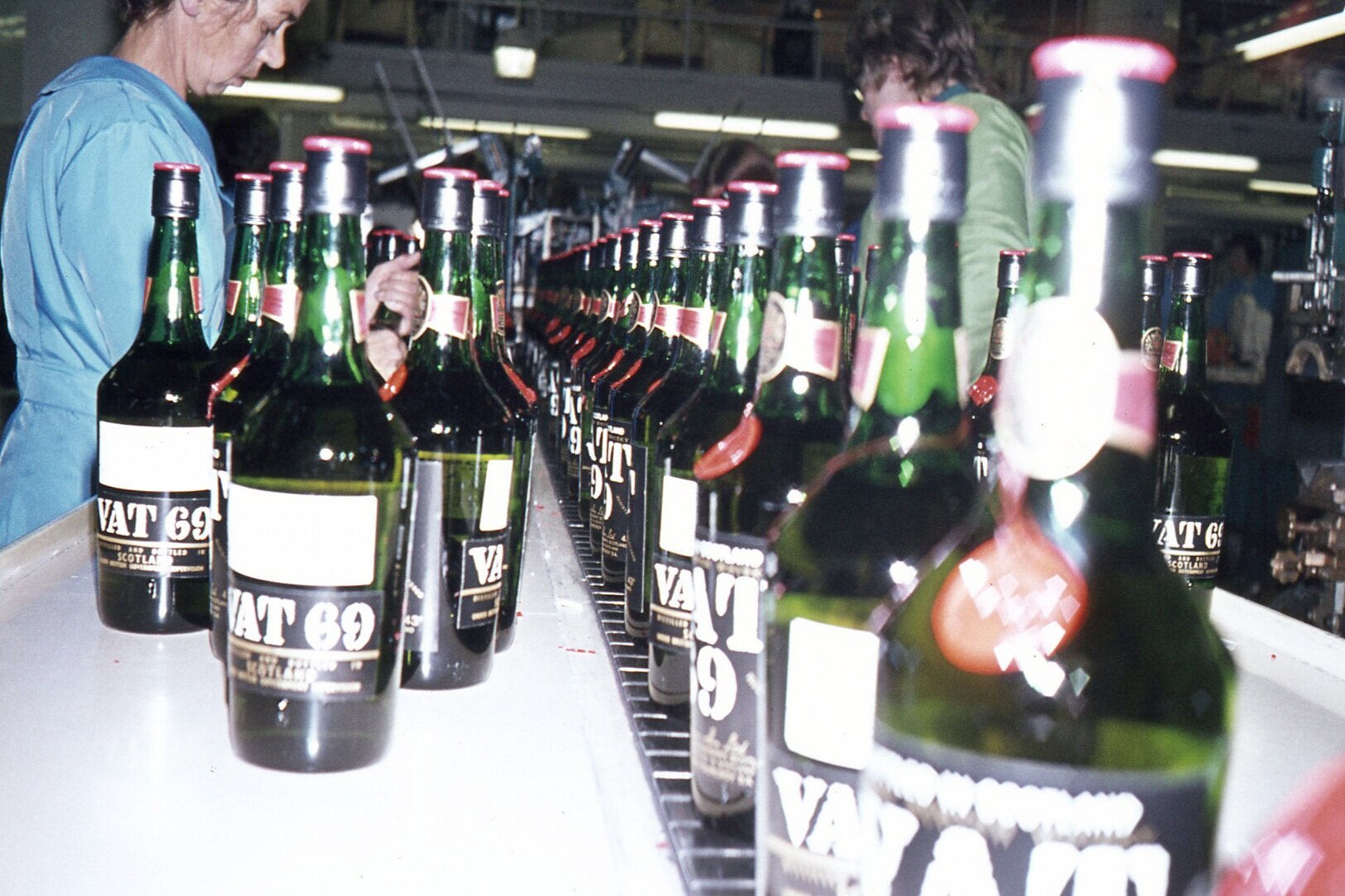
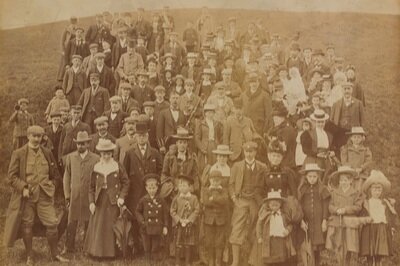
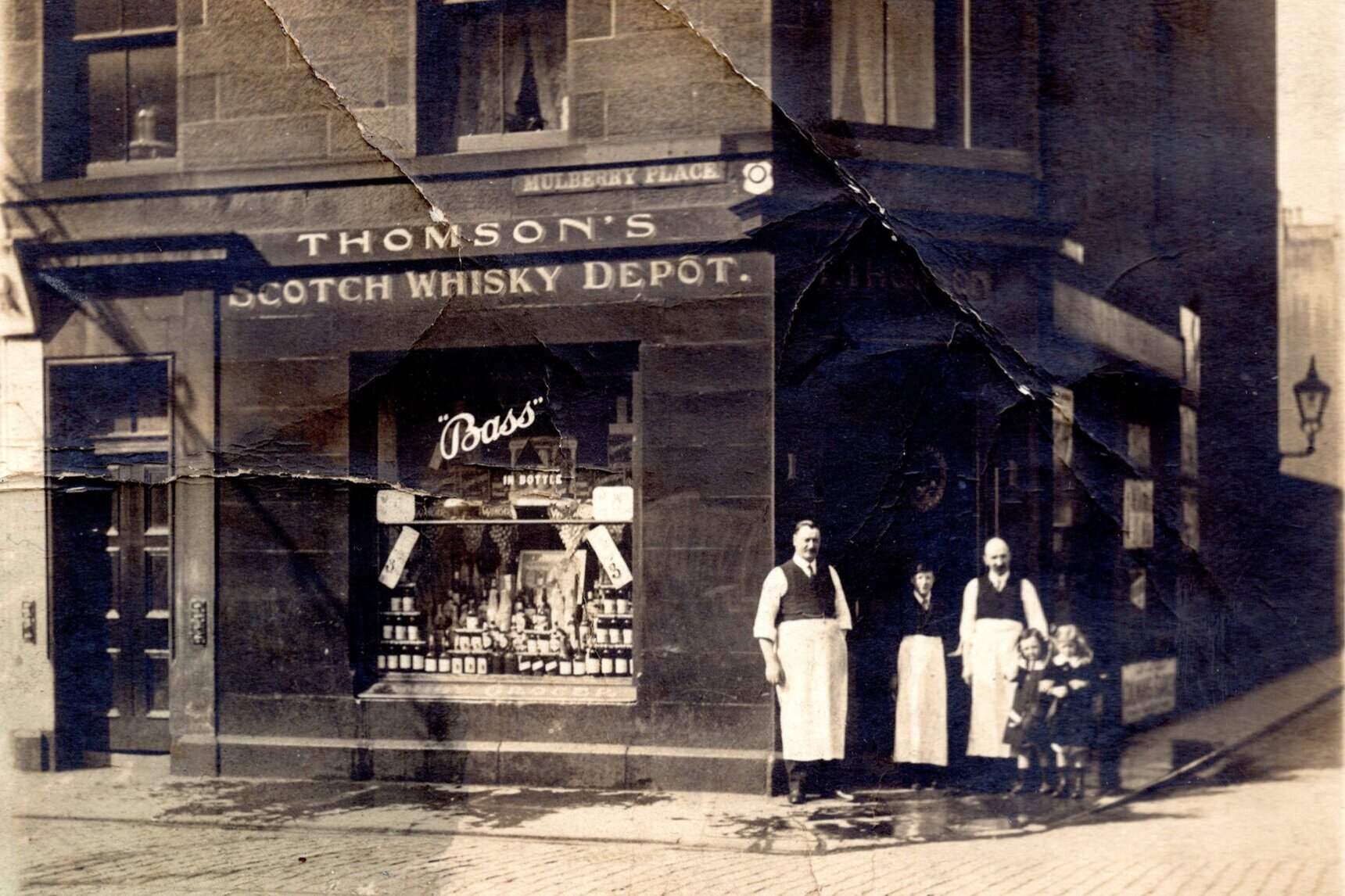
On Commercial Street, the famous Highland Queen sign was proudly emblazoned across the bonded warehouses. Highland Queen, the flagship brand of Macdonald & Muir was named after Mary Queen of Scots who landed at Leith Harbour in 1561 when returning from France. Between 1912 and 1921, the company also acquired two very well-known distilleries: Glenmorangie and Glen Moray. However, after nearly a century in Leith, the company moved to Broxburn in the late 1990s.
Other famous Scotch whisky names such as William Sanderson and Charles Mackinlay started out as Leith blenders. It is often told that the former, born and bred in Leith, created 100 different blends and asked good friends and business associates to taste each one to decide which vatting was the best. Unanimously they voted for VAT69 and, hence, in 1882, the whisky of the same name was born. The latter, Charles Mackinlay, started as a blender in Leith in 1815. The business was passed down from father to son until the early 1960s when the company was taken over by Scottish and Newcastle Breweries.
There really were many, many other Scotch whisky brands based in Leith: Crawford’s, Abbot’s Choice, Hankey Bannister, Crabbie to name just a few. But sadly, due to the downturn in the demand for Scotch whisky in the 1980s, many of these brands disappeared as a result of acquisitions, mergers and cost cutting.
Despite the downturn, the Scotch Malt Whisky Society set up in The Vaults in 1983 offering single cask, cask strength Scotch whisky and has flourished ever since becoming a must visit venue for SMWS members from all over the world.
The Crabbie name has been resurrected. Halewood International recently opened the new Bonnington Distillery in Graham Street and production started in March last year. And, by the end of next year, spirit should be flowing off the stills at the Port of Leith Distillery, currently being constructed next to the Royal Yacht Britannia.
Whisky production in Leith might not reach the same level as its ‘whiskyopolis’ days but the port is set to become a thriving whisky district once again.





